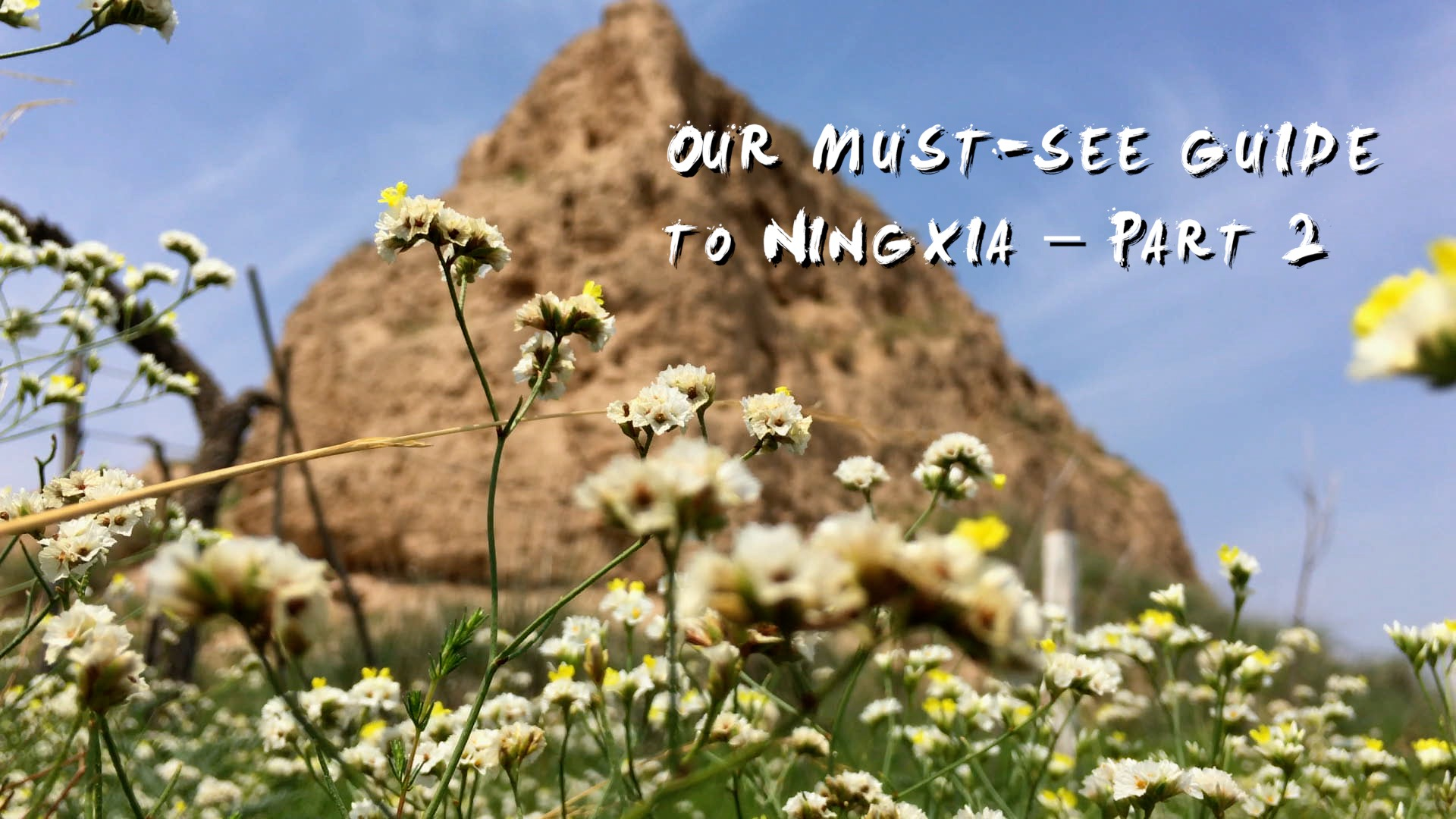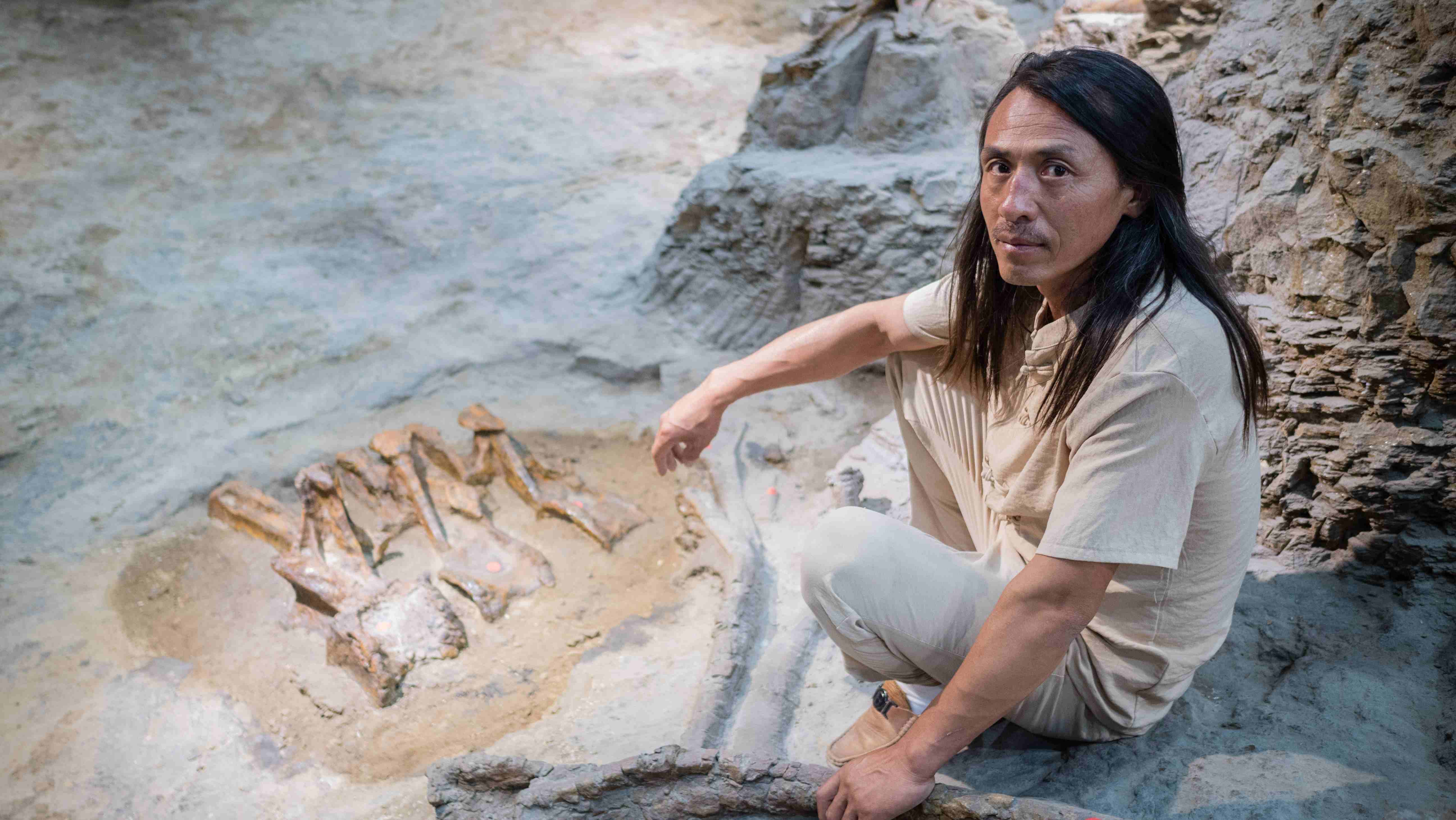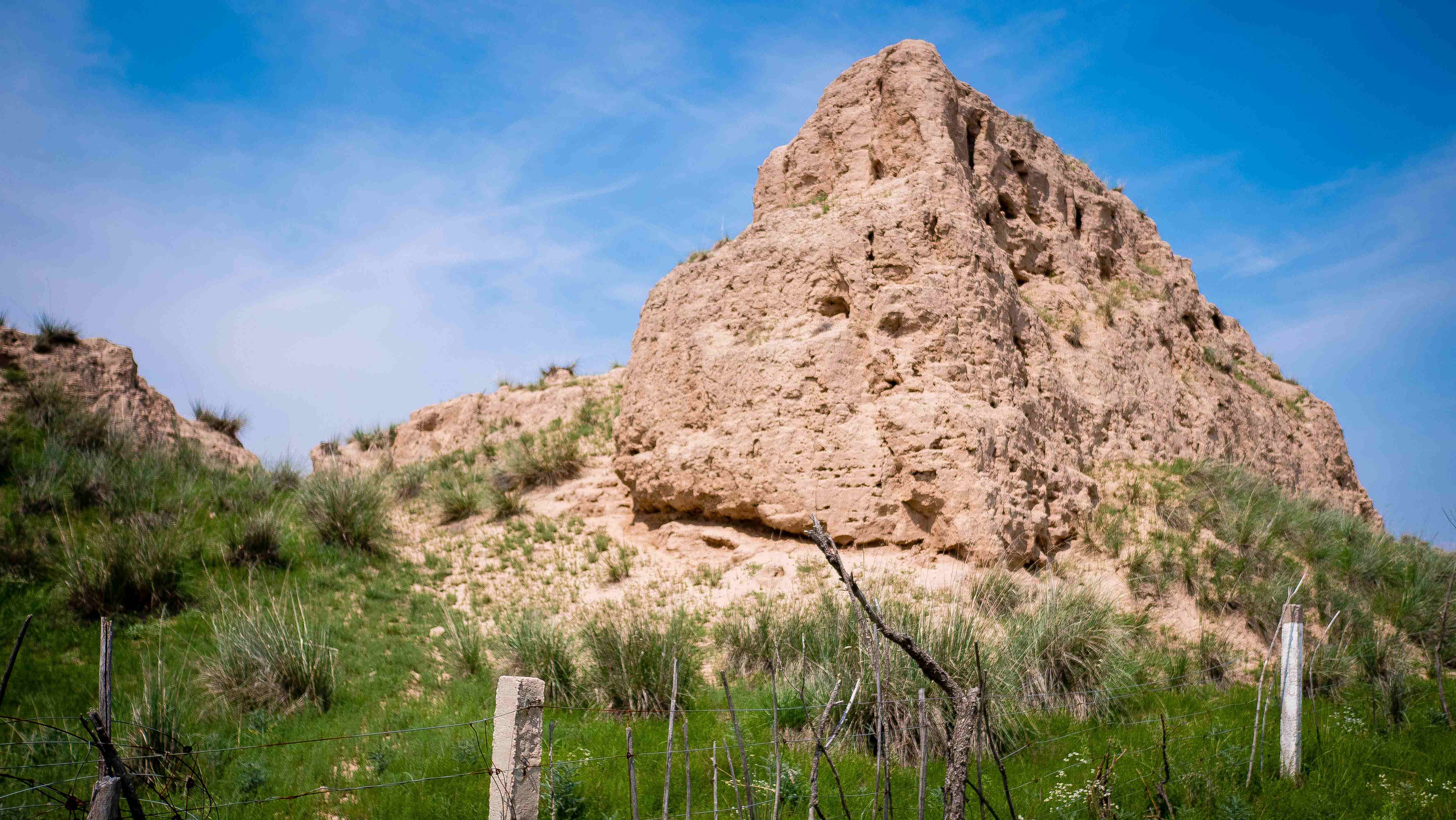
Travel
16:32, 30-Jan-2019
Our must-see guide to Ningxia – Part 2
Updated
11:38, 01-Feb-2019
Tianran He, Liu Zhenshuo
01:15

The Ningxia Hui Autonomous Region in China's northwest is perhaps one of the country's least understood provinces. Sandwiched awkwardly between the provinces of Inner Mongolia, Gansu and Shaanxi, the region is rich in history and has been inhabited by humans and even dinosaurs since time immemorial.
Lingwu Dinosaur Museum
Way before us humans walked the Earth, dinosaurs once roamed Ningxia's plains. Back in 2004, a local from the city of Lingwu made an incredible discovery: a giant thigh bone half buried in the ground. It had long been used by villagers as a seat and stepping stone, but its shape was unmistakable.
The bone was later proven to have belonged to a species of sauropod called the Dicraeosaurus which lived during the Jurassic era. Most importantly, this was the first time one had ever been found in the northern hemisphere.
The discovery provided tantalizing evidence to support the theory that suggests the Earth was once home to one giant supercontinent. The story comes to life at Lingwu Dinosaur Museum.

It took a long time for Ma Yun to convince people to take his discovery seriously. /CGTN Photo
It took a long time for Ma Yun to convince people to take his discovery seriously. /CGTN Photo
Helan Mountain rock carvings
Long after the dinosaurs went extinct, mankind was also active here. On the eastern side of the Helan Mountains which stretches across Ningxia are some 20,000 petroglyphs. These carvings depict scenes of hunting, shaman masks, hands and animals, all created some 3,000 to 10,000 years ago. There's even a carving of a Sun God, the only of its kind, which would've been visible throughout much of the valley.

The Sun God would've been worshiped for warmth and fertility. /CGTN Photo
The Sun God would've been worshiped for warmth and fertility. /CGTN Photo
Great Wall ruins
For many centuries Ningxia was the frontier between Imperial China and roving nomadic tribes such as the Mongols. In response, the emperors ordered the Great Wall to be built, and many of its stretches still stand to this day. Although simple bumps in the ground are all that remains of earlier walls from the Qin (221-206 B.C.) and Sui (581-618) dynasties, the rammed earth fortifications from the Ming Dynasty (1368-1644) are still an impressive sight to behold.

Fortresses were situated every 15 km along the Great Wall. /CGTN Photo
Fortresses were situated every 15 km along the Great Wall. /CGTN Photo
Hua'er folk song
For something less ancient, seek out a performance by Hua'er folk singers. Literally translated as "Flower", the musical tradition is popular across northwest China and was originally sung by young men and women to express their love. Though there are hundreds of set melodies, Hua'er singers always come up with their lyrics on the spot, which makes for some great free-styling folk music!

A good Hua'er performer not only sings well, but is also expressive. /CGTN Photo
A good Hua'er performer not only sings well, but is also expressive. /CGTN Photo
Explore Ningxia with Tianran He, host of Travelogue on CGTN. The show broadcasts on Sundays at 7:30 a.m. and 4:30 p.m., Mondays 2:00 a.m. and Thursdays 1:30 p.m. (Beijing Time).
888km

SITEMAP
Copyright © 2018 CGTN. Beijing ICP prepared NO.16065310-3
Copyright © 2018 CGTN. Beijing ICP prepared NO.16065310-3